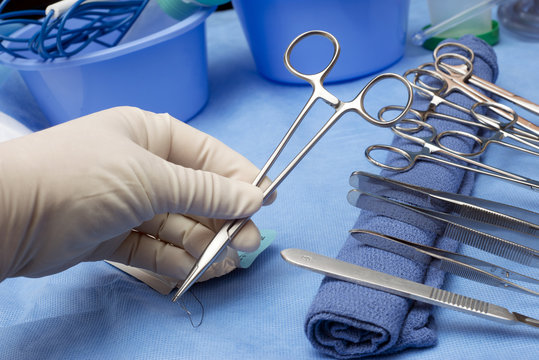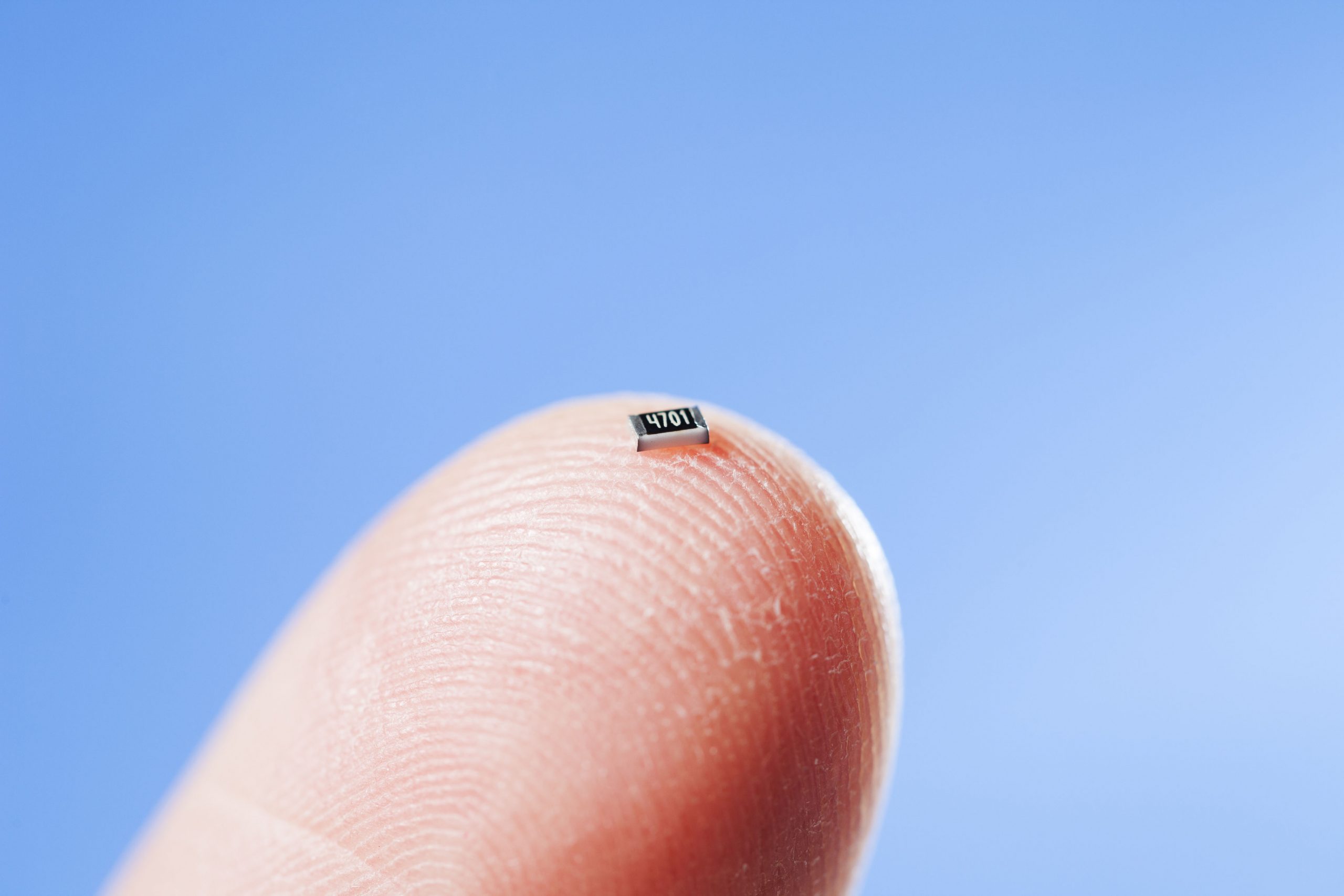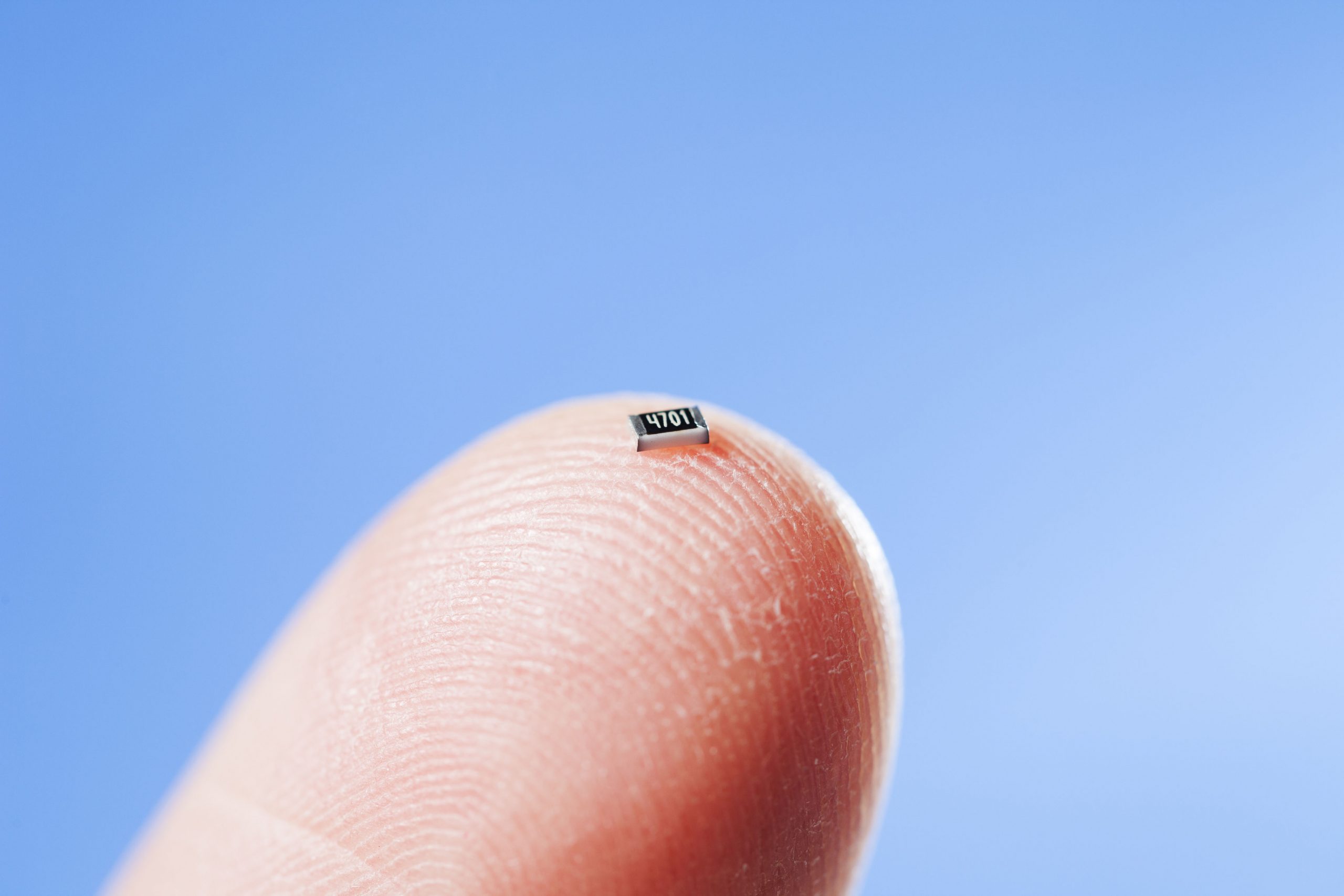Augmented Reality (AR) and Virtual Reality (VR) in Surgical Training and Instrumentation: Revolutionizing the Future of Surgery

Strong 8k brings an ultra-HD IPTV experience to your living room and your pocket.
Introduction:
The medical field has always been at the forefront of adopting new technologies, and the surgical profession is no exception. Over the last few years, innovations in augmented reality (AR) and virtual reality (VR) have begun to transform surgical training and instrumentation, creating new opportunities to enhance precision, improve patient outcomes, and train the next generation of surgeons. These immersive technologies are revolutionizing how surgeons learn, practice, and perform surgeries, making it essential to explore their growing role in modern healthcare.
In this article, we will delve into how AR and VR are reshaping the surgical field, from training simulations to real-time instrumentation guidance, and discuss their impact on the future of surgery.
The Role of AR and VR in Surgical Training
1. Immersive Learning Experience
Traditional methods of surgical training, such as hands-on practice in the operating room (OR) under the supervision of experienced surgeons, have always been critical. However, these methods are not without limitations. Surgeons often face significant pressure to learn complex procedures quickly while minimizing patient risk. As a result, there is a growing interest in adopting AR and VR technologies to create simulated environments that allow trainees to practice procedures without putting patients in danger.
Virtual Reality (VR) in Surgical Training: VR offers an entirely immersive experience where trainees can interact with a simulated environment. In the context of surgery, VR simulations allow medical students and residents to practice surgical procedures such as laparoscopic surgery, neurosurgery, or orthopedic interventions, without requiring a real patient. These virtual environments recreate anatomical structures and surgical procedures with high precision, enabling learners to rehearse specific techniques in a risk-free environment.
VR training programs such as Osso VR, Surgical Theater, and Touch Surgery provide users with interactive, hands-on practice with real-world scenarios. Surgeons can practice surgical maneuvers, refine their skills, and even simulate high-pressure situations, improving their confidence and decision-making abilities before they perform surgery on patients.
Augmented Reality (AR) in Surgical Training: While VR immerses users in a completely virtual environment, AR overlays digital information onto the real world. In surgical training, AR can display virtual objects or patient data over the physical anatomy of a patient, providing real-time guidance during procedures. AR can project images of organs, blood vessels, or bones on a patient’s body, helping surgeons visualize difficult-to-see structures during surgery.
For example, AR glasses such as Microsoft HoloLens have been used in surgical environments to help surgeons visualize critical information like CT scans or MRI images while operating. This enables them to make more informed decisions and avoid complications. AR is also beneficial for training, as it can provide step-by-step instructions and highlight anatomical features in real time, allowing trainees to learn and practice procedures in an augmented reality environment.
2. Simulated High-Risk Scenarios
In a traditional surgical training setting, trainees may only have limited opportunities to observe or participate in high-risk surgeries. VR and AR offer the ability to simulate complex or rare procedures repeatedly, allowing surgical trainees to hone their skills in high-risk scenarios without endangering patient safety.
For example, surgeons can practice performing a trauma surgery, a brain aneurysm repair, or a complex spinal surgery under virtual conditions that simulate the pressure and urgency of real-life situations. This immersive approach prepares surgeons for the types of scenarios they might not often encounter but must be prepared for when they do arise.
3. Real-Time Feedback
One of the main advantages of using AR and VR in surgical training is the ability to receive instant feedback. Traditional surgical apprenticeships often involve a learning curve, where mistakes can be costly and may not be immediately corrected. With AR and VR, trainees can receive real-time assessments of their actions, pinpointing errors or areas for improvement as they practice.
For instance, VR-based simulators can track the movement of a surgeon’s instruments and provide instant feedback on technique, hand-eye coordination, and decision-making. This feedback helps trainees refine their skills more efficiently and ensures they meet specific performance benchmarks before proceeding to real surgeries.
AR and VR in Surgical Instrumentation
While AR and VR are invaluable tools for surgical training, they also have an essential role in improving surgical instrumentation and guiding surgeons during live procedures. These technologies can assist in everything from preoperative planning to real-time intraoperative navigation, significantly enhancing the precision, efficiency, and safety of surgeries.
1. Preoperative Planning and Visualization
One of the most important aspects of any surgical procedure is the planning phase. Surgeons must understand the patient’s unique anatomy and any specific challenges posed by the surgery. AR and VR can facilitate this process by providing advanced visualization tools that enhance preoperative assessments.
Virtual Reality for Surgical Planning: VR can be used to create 3D reconstructions of a patient’s anatomy based on medical imaging such as CT scans or MRIs. Surgeons can immerse themselves in these 3D models to explore the anatomy from multiple angles, gaining a deeper understanding of the surgical site. This technology can be especially beneficial in complex procedures such as cardiothoracic surgery, spinal surgery, or craniofacial reconstruction, where precision is critical.
In particular, Surgical Theater's VR platform allows surgeons to plan and rehearse operations by visualizing the patient’s 3D anatomy in a virtual space. By interacting with the model, surgeons can identify potential risks, plan the most effective approach, and familiarize themselves with the patient’s anatomy in a way that traditional 2D imaging cannot achieve.
Augmented Reality for Intraoperative Guidance: Once the surgery begins, AR technology can provide real-time guidance, overlaying critical patient data, anatomical information, and even instrument positioning directly onto the surgical field. For example, AR goggles or heads-up displays can display real-time information from diagnostic imaging, helping surgeons navigate through challenging procedures with enhanced precision.
Intuitive Surgical’s da Vinci Surgical System, for instance, uses AR to assist with minimally invasive procedures, enabling surgeons to perform surgeries with greater accuracy and less trauma to the patient. Additionally, AR can provide visual cues for surgical instruments and facilitate faster, more accurate positioning, reducing the risk of errors.
2. Enhanced Surgical Instrumentation and Robotics
In addition to helping with visualization, AR and VR technologies can improve the functionality of surgical instruments and robotic systems. Robotic-assisted surgeries, which use robotic arms controlled by the surgeon, are becoming increasingly popular for a wide range of procedures.
AR in Robotic Surgery: AR can enhance robotic surgery by providing real-time feedback about instrument position and trajectory. Surgeons can use AR to visualize the exact placement of surgical instruments within the body, while a robotic system can adjust in real time to align with the surgeon’s input. This improves both the safety and precision of robotic surgeries.
Intuitive Surgical’s da Vi: VR is also used in the development and calibration of surgical instruments. By simulating the behavior of surgicalnci system also integrates with AR to allow surgeons to view enhanced, detailed 3D images of the surgical site during minimally invasive procedures. By merging the real-time video feed with AR overlays, surgeons gain more clarity and control during robotic-assisted operations.
VR and Instrument Calibration: VR is also used in the development and calibration of surgical instruments. By simulating the behavior of surgical tools within a virtual environment, engineers can assess how new instruments perform under different conditions. Surgeons can also use VR simulations to test and practice using new instruments before they are introduced in real-world surgeries.
3. Remote Assistance and Collaboration
AR and VR technologies also open the door for remote collaboration and assistance during surgeries. A surgeon in one location can use AR or VR to assist a colleague performing a procedure in another location, providing expert guidance and support in real-time.
For instance, AR glasses can transmit live footage of the surgery to remote experts, who can offer advice or help troubleshoot difficult situations. This capability is especially beneficial in areas with limited access to specialized surgical expertise, enabling hospitals or surgical centers to receive guidance from top-tier specialists anywhere in the world.
Benefits of AR and VR in Surgery
The integration of AR and VR into surgical training and instrumentation offers a host of benefits that could significantly impact patient outcomes and the efficiency of healthcare systems:
Improved Accuracy: AR and VR tools enhance surgeons’ precision during both training and live surgeries by providing real-time data, visual overlays, and step-by-step guidance.
Enhanced Training: Trainees can practice skills in a risk-free environment, receive real-time feedback, and rehearse complex procedures multiple times, ultimately becoming more proficient.
Reduced Surgical Errors: By providing additional layers of information during surgery, AR and VR help minimize human error, leading to safer surgeries and better patient outcomes.
Cost-Efficiency: By reducing the need for cadaveric dissections or expensive physical training models, VR and AR make surgical training more affordable and accessible.
Faster Recovery Times: In minimally invasive surgeries, AR and robotic systems help achieve more precise incisions, leading to quicker recovery times and less trauma for patients.
Conclusion
The fields of AR and VR are poised to revolutionize both surgical training and instrumentation, offering a transformative impact on how surgeries are performed and how surgeons learn their craft. These technologies are providing innovative ways to enhance the precision, safety, and efficiency of surgical procedures, while simultaneously enabling a more accessible, engaging, and comprehensive training experience for the next generation of surgeons.
See the full article
Note: IndiBlogHub features both user-submitted and editorial content. We do not verify third-party contributions. Read our Disclaimer and Privacy Policyfor details.







